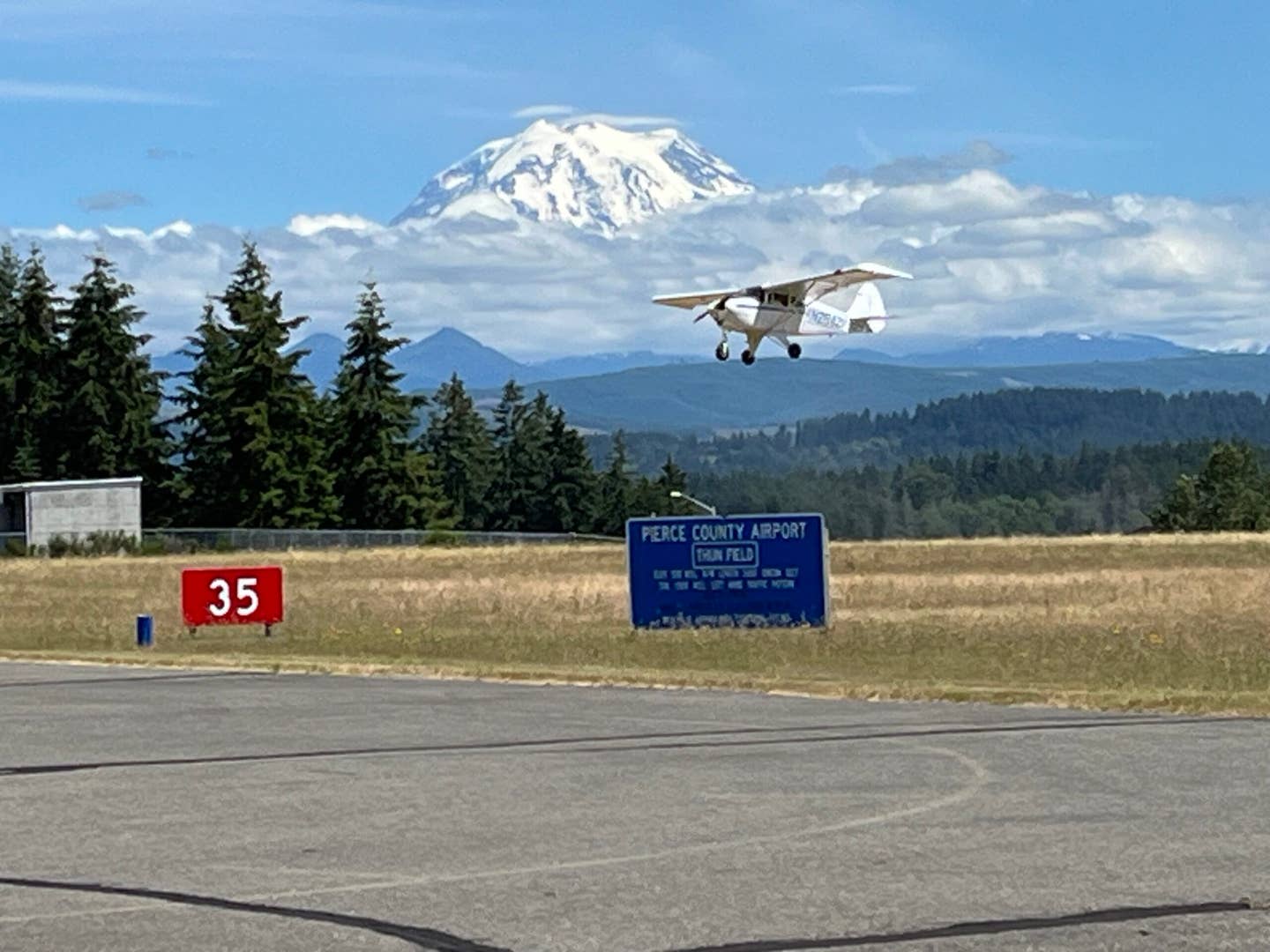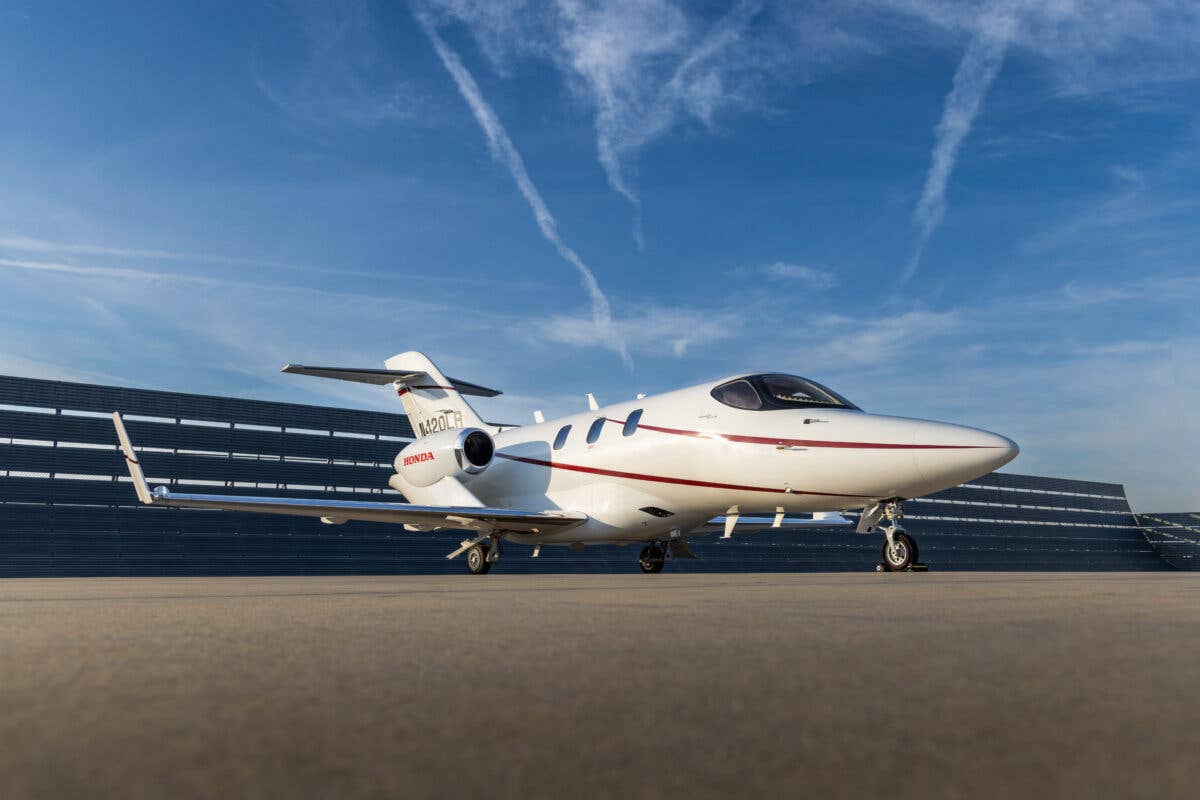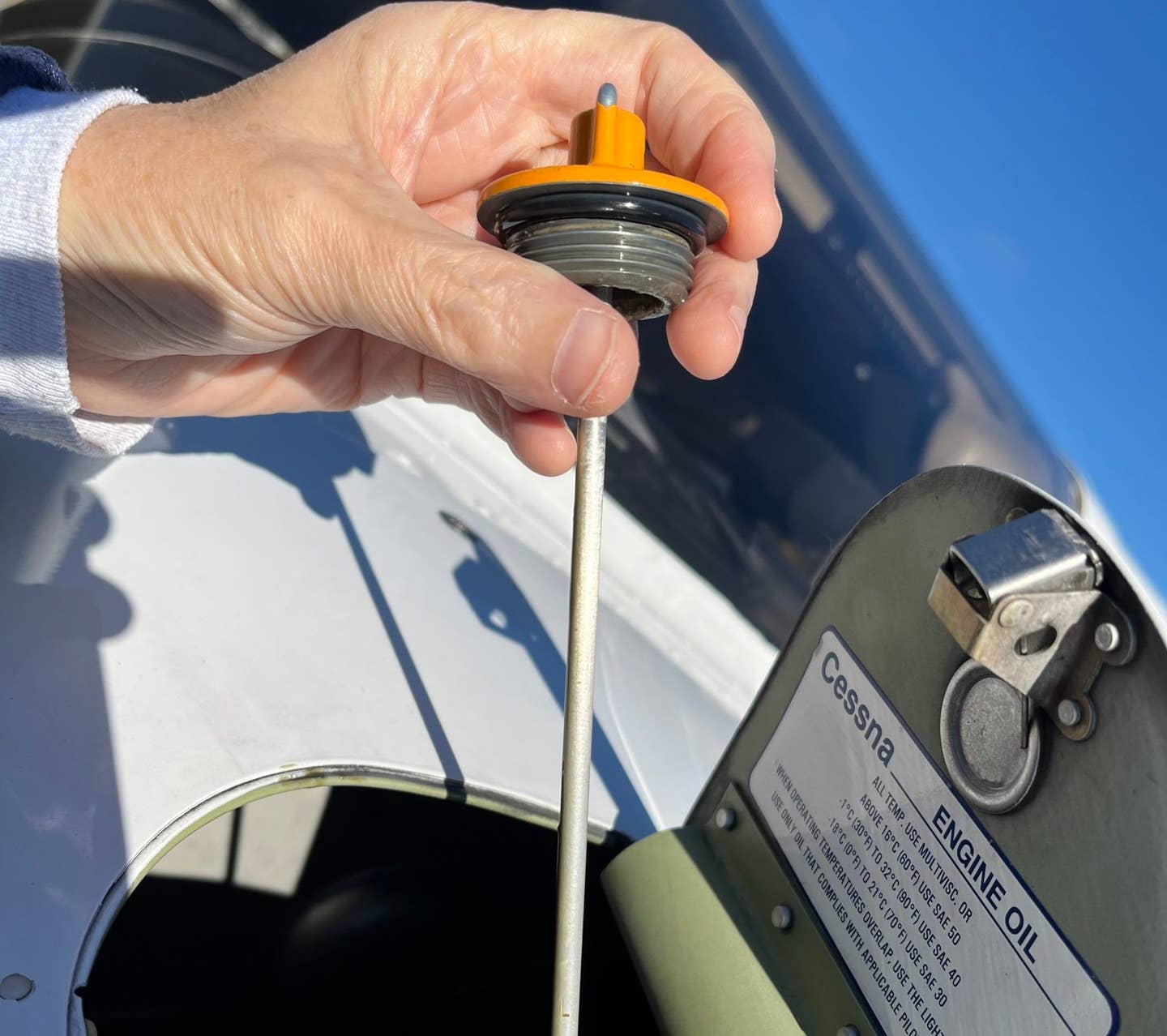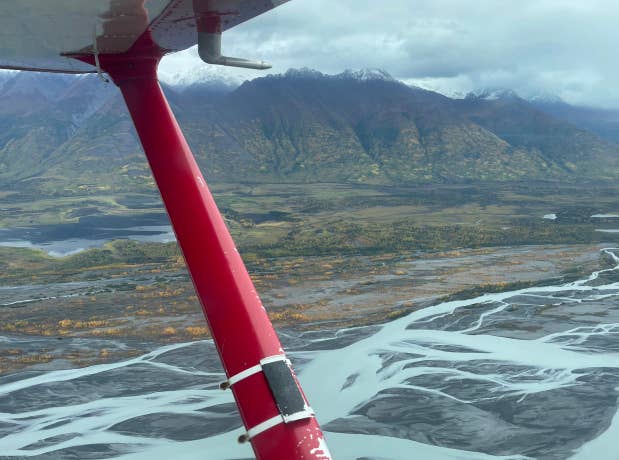Are Towered Airports Safer?
While it is helpful to have someone with a bigger picture to help you manage situation awareness, it does not abdicate the pilot of their responsibility.

Most of the airports in the U.S.—some 20,000 of them—are nontowered facilities, like Pierce County Airport (KPLU). [Credit: Meg Godlewski]
It shouldn't come as a surprise that the midair collision at Ronald Reagan Washington National Airport (KDCA) in late January has been a topic of discussion among pilots around the country. It was a horrible accident, taking the lives of 67 people and affecting so many more who loved them. The only positive thing that comes out of an event like this is that it can make pilots more vigilant when they fly at or near towered airports.
Are Towered Airports Safer?
One of the common misconceptions is that towered airports are inherently safer than nontowered airports, because air traffic control is "watching out" for the pilots. While it is helpful to have someone with a bigger picture to help you manage situation awareness, it does not abdicate the pilot of their responsibility. The pilot still has to display good aeronautical decision making.
One of the things I note when flying with a low-experienced pilot who has done most of their flying at a towered airport is that ATC becomes a crutch. They get used to being told when to turn base, final, etc. On one occasion we had just rolled on to downwind at a nontowered airport when ahead of us the learner was surprised to see another aircraft approaching on the 45. The learner became rather excited, expressing surprise and concern that the aircraft was going to collide with us.
"No he's not," I said, and instructed the learner to reduce power and lower a notch of flaps to slow us down. I got on the radio and advised the pilot who was entering on the 45 that we had him in sight and were going to allow him to go ahead of us. We were in a Cessna 150 and he was in a Cessna 182, which was much faster. He replied he saw us. I replied we could follow him in. He did the double-mic-click thank you, and my learner was educated.
Are Nontowered Airports Unsafe?
The aviation challenged are also convinced that a lack of a control tower means the airport is unsafe —they use this argument when they live near a nontowered airport.
That is like saying all intersections on a city street are unsafe unless they have a traffic light. Imagine that—every street having a traffic light. Just like the traffic light, it is the traffic load that dictates the need for a control device—be it a traffic light or, in the case of aviation, a control tower to assist in the flow of traffic. Most of the airports in the U.S.—some 20,000 of them—are nontowered facilities. They’re just not that busy, but that changes. Check those NOTAMs carefully as you don’t want to be the pilot who comes barreling into and lands at what was formerly a nontowered airport without permission.
Do You Have the Correct Airplane in Sight?
"Follow that aircraft."
When the controller issues this instruction, you better be darn sure you are looking at the correct airplane. I have been the airplane being followed—this was before ADS-B gave us the ability to see and identify the other aircraft on the GPS or tablet. Full disclosure: I can’t even sit with my back to the door in a room, so the idea of having someone follow me puts me on edge.
I was with a learner on approach to a towered airport in a Cessna 172, and the aircraft following wasn't sure if he had seen us yet because there were several coming in from the practice area. The tower asked us to turn on our landing light (it was already on) and rock our wings. No problem there. My military-trained instructors taught me this, saying your eye will pick up the movement before your brain registers it as an aircraft.
"Got ’em!" the other airplane replied to the tower, then fell in behind us. He then said he'd been looking at another aircraft that was also in the pattern.
Misidentification of aircraft can be very dangerous.
This was drilled home in August 2005 when a club-owned Cessna 150 with a CFI and a two- hour student pilot on board collided with a de Havilland Beaver on floats on approach to Renton Municipal Airport (KRNT) south of Seattle. Renton is a towered field. It was a late afternoon flight. According to the final report from the National Transportation Safety Board, there were multiple floatplanes in the pattern as the airport abuts a seaplane base. There were also several Cessnas.
The Beaver pilot set up to land on the water at the seaplane base on the north end of the airport. The transcript of the tower communication said the tower controller asked both pilots if they saw the traffic they were being asked to follow. The de Havilland pilot was asked if he had a visual on the airplane beneath him. Before he could reply, the right wing of the C-150 struck the float of the Beaver. The floatplane pilot was able to land on the airport grass infield without injury. Sadly, the occupants of the C-150 were both killed when the aircraft crashed into a (thankfully) empty school building.
I was working at a flying club at the time that had several Cessna 150s and when someone called to say the news was reporting a C-150 had been in a midair, there was a sprint on to the ramp to see if any of our aircraft were missing. They weren't. A few days later, I learned the CFI was a young man I had met a week earlier at an FAA WINGS event.
Technology Enhancing Situational Awareness
Although the invention and adoption of Automatic Dependent Surveillance–Broadcast (ADS-B) has helped enhance our collective situational awareness, pilots still should be looking out the window.
If you are not sure you have the correct airplane in sight— maybe they don't have ADS-B or you don't know what a Beech whatever or Ercoupe or Cessna whatever look like—be prepared to depart the pattern. And, in the name of all things holy, keep your head on a swivel and look before you climb, turn, or descend.
As multiple advisory circulars and books from the FAA remind us, the responsibility to "see and avoid" other traffic rests on the shoulders of every pilot.
Top-Selling Aviation Gear in January
See what FLYING readers purchased for their aircraft in January 2025:

Sign-up for newsletters & special offers!
Get the latest FLYING stories & special offers delivered directly to your inbox






